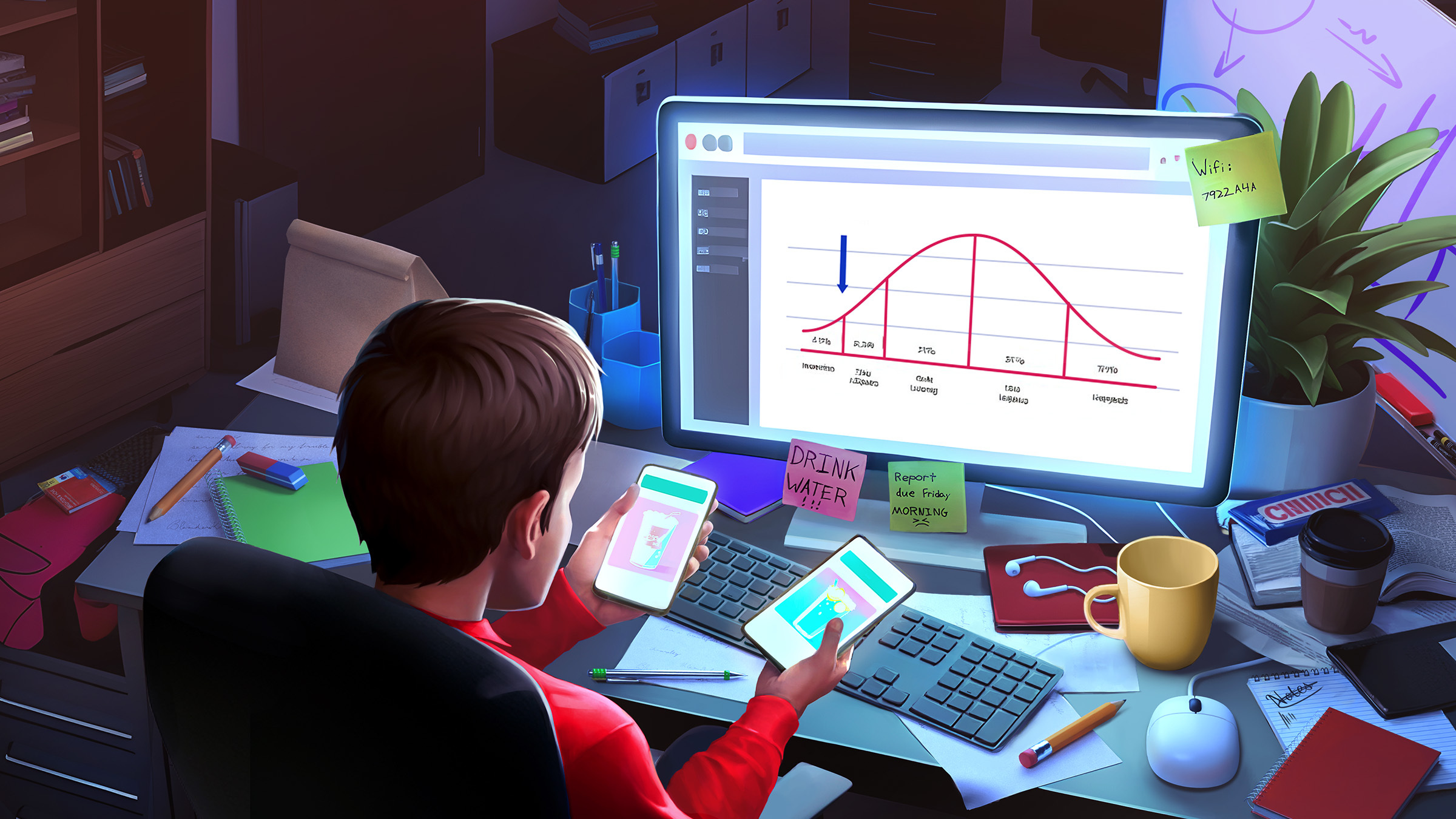Nine hypotheses and what we learned from testing them
Long-term operation is one of our core priorities, and LiveOps plays a vital role in achieving it. While it might seem straightforward, successful LiveOps demands a systematic approach and a clear understanding of what works and what doesn’t. Assumptions alone aren’t enough — we tested popular hypotheses by conducting experiments with promotional content on Google Play.
Here’s a summary of nine hypotheses we explored and the results we uncovered.
1. LiveOps on “low-quality” projects isn’t worth the effort
Result: Confirmed
This one might seem obvious. Google provides clear guidelines for project requirements — bugs, crashes, or performance issues greatly reduce the likelihood of a game being featured.
But quality goes beyond just meeting technical standards. Games that get featured tend to have a polished look and feel, engaging gameplay, and a strong meta layer. Features like immersive effects, addictiveness, and overall depth are key contributors.
Ultimately, identifying what makes a “high-quality project” comes from experience. It’s a combination of launching dozens (if not hundreds) of projects, observing how LiveOps and other strategies — like promotions, developing meta, and drawing in organic traffic — impact performance, and learning through trial and error. Without a solid foundation, investing in LiveOps can end up being a waste of resources.
2. Submitting events early increases feature duration
Result: No clear correlation
We tested whether submitting LiveOps events to Google Play for review 1–2 weeks in advance — rather than 2–3 days — would result in longer feature durations or more organic traffic.
No strong patterns emerged from our tests on one project. While timing may play some role in certain cases, feature duration is more dependent on project specifics and an array of smaller factors.
3. Relaunched LiveOps bring less traffic than the first launch
Result: Not confirmed
The biggest factors influencing organic traffic and conversion rate growth are Google Play features and visibility. Interestingly, repeated events are just as likely to be featured as new updates.
However, there’s a slight difference in user behavior. Players are marginally less likely to engage with a familiar event card, which can lead to a small dip in conversion rates. But the overall impact remains negligible.
4. Major update format outperforms time-limited events and offers in driving organic traffic
Result: Confirmed
Large-scale updates — such as introducing new maps, chapters, or game mechanics — consistently generate more organic traffic than seasonal events or time-limited promotions. This is no shocker, but it’s worth noting that major updates require significant development resources and expertise to execute effectively.
5. Organic traffic spikes within the first three days
Result: Confirmed
Yes, the bulk of organic traffic growth happens in the first three days after a LiveOps launch. This aligns with player activity trends and correct planning, particularly when events are timed to maximize weekend engagement when player numbers naturally increase.
6. Longer event durations don’t sustain organic traffic boosts
Result: Confirmed
While events may run for extended periods, the organic traffic boost tends to peak around the second or third day. After about a week, metrics like impressions, installs, and conversion rates usually return to their baseline levels.
7. Localized LiveOps text increases impressions and reach
Result: Partially confirmed
Google recommends translating LiveOps text into languages spoken in target regions, as this can expand reach by catering to multilingual audiences. For instance, localizing into French, German, and Italian can increase visibility in a region like Switzerland.
However, adding dozens of languages doesn’t guarantee better results. Translating into two or three of the most widely spoken languages typically covers 99% of the global audience, making excessive localization unnecessary.
8. LiveOps impacts retention more than user acquisition
Result: Partially confirmed
In general, this holds true, but the impact varies by genre. Hyper-casual games tend to see more new user traffic, while midcore games benefit more from re-engaging dormant players.
The same complexity applies to analyzing traffic sources. For LiveOps cards, we can track opens and distinguish between new and returning players. However, there’s also a noticeable boost in organic traffic, making it challenging to pinpoint whether a user discovered the card through organic means or via ad networks. The overlap adds an extra layer of difficulty to accurately attribute the source.
9. Sales events directly increase revenue
Result: Not confirmed
When we were working on the previous theory, we also tested whether LiveOps sales events would drive a measurable increase in ARPU. No significant impact on revenue was observed.
Takeaways and ongoing experiments
While some of these tests produced interesting results, they raised more questions that warrant further exploration. What’s clear is that LiveOps success isn’t about following a universal formula or guidelines — it’s about tailoring strategies to the audience, project specifics, and available resources.
Ultimately, the effectiveness of LiveOps depends on the overall quality of the game. From technical performance to gameplay depth, content richness, and meta-layer design, every detail matters.
